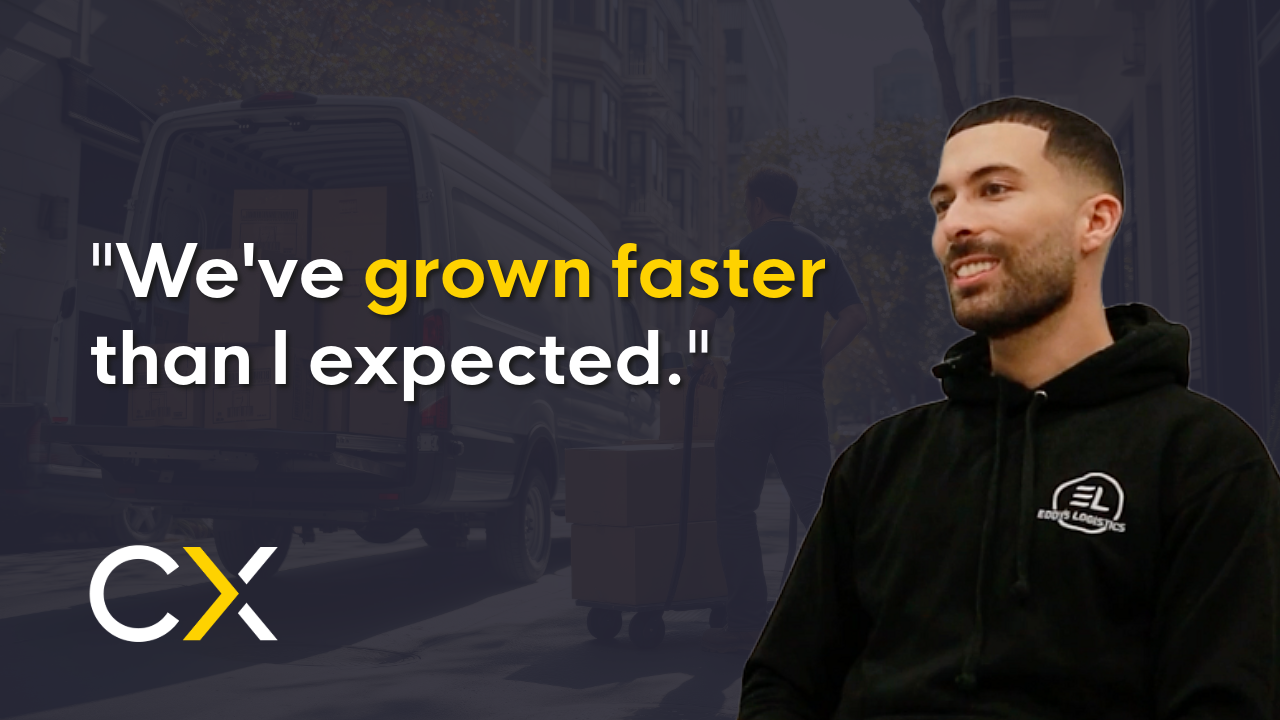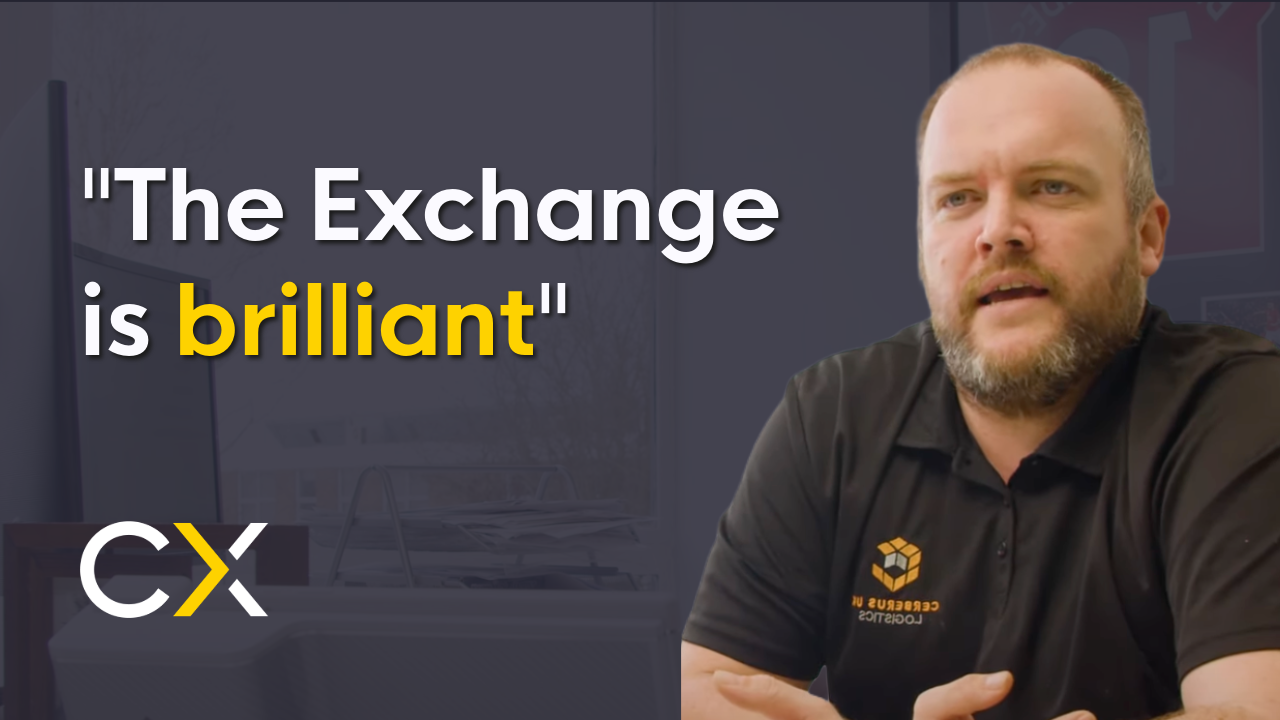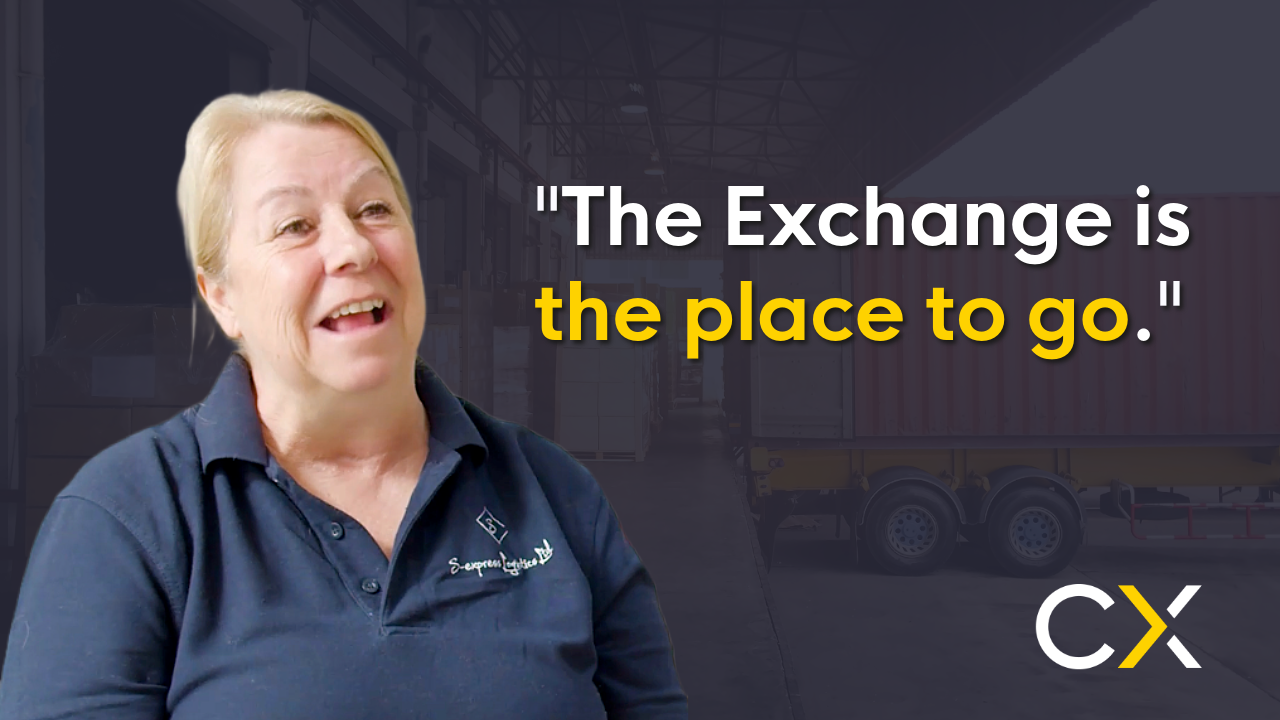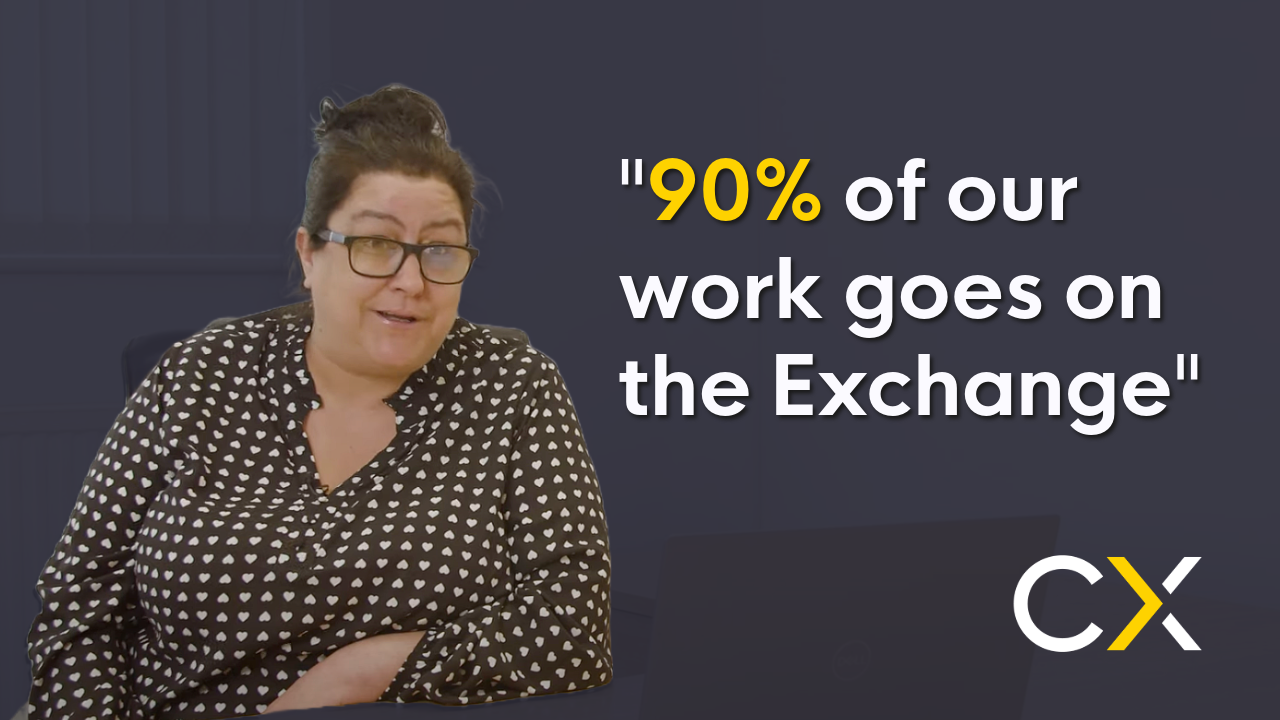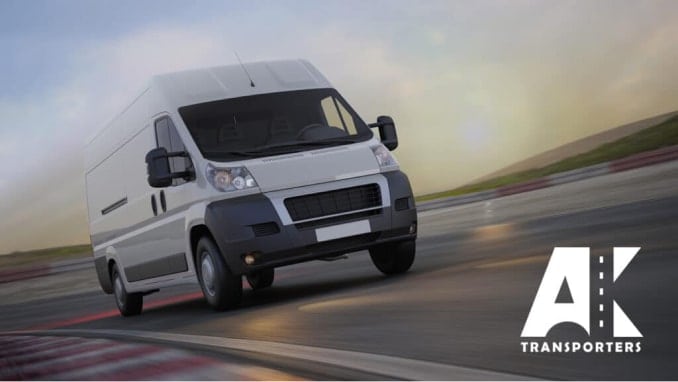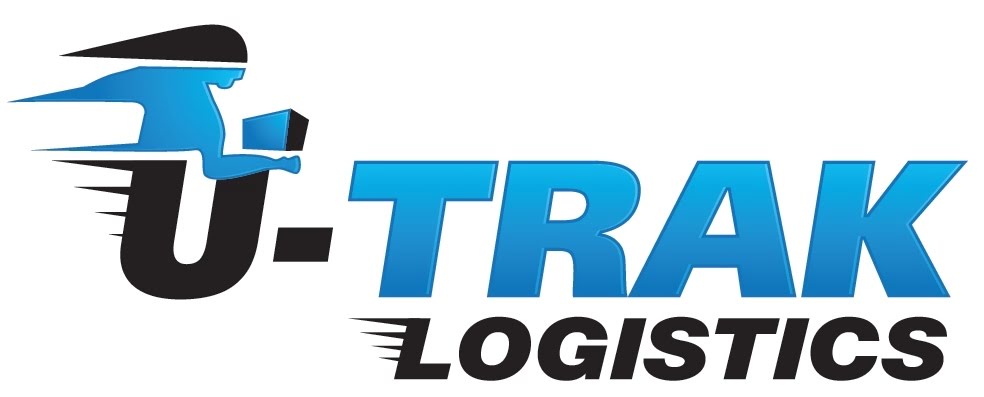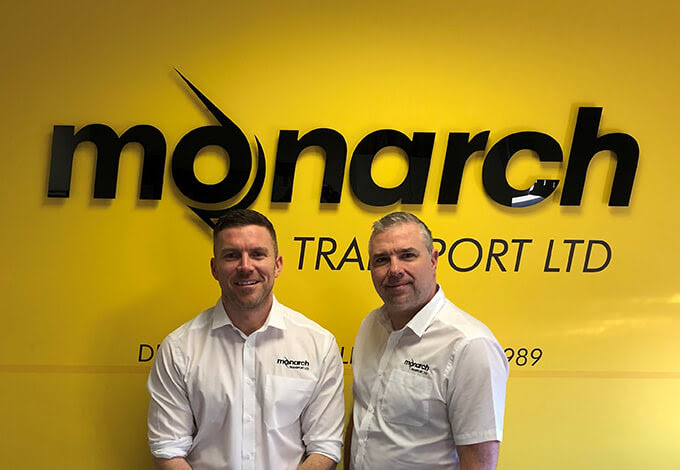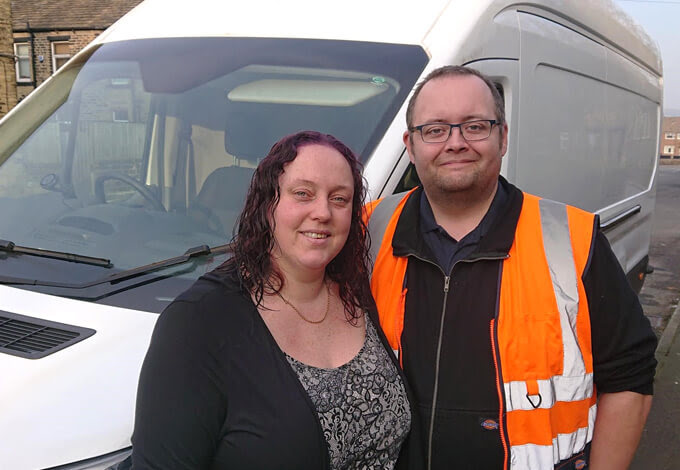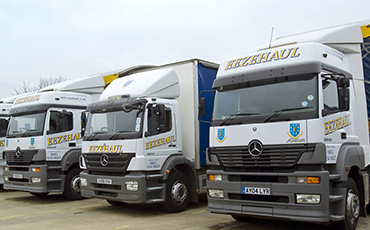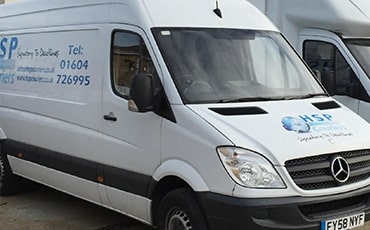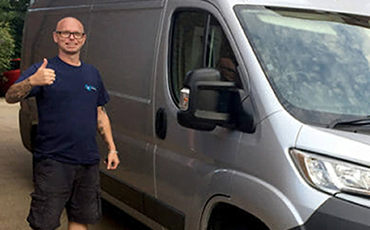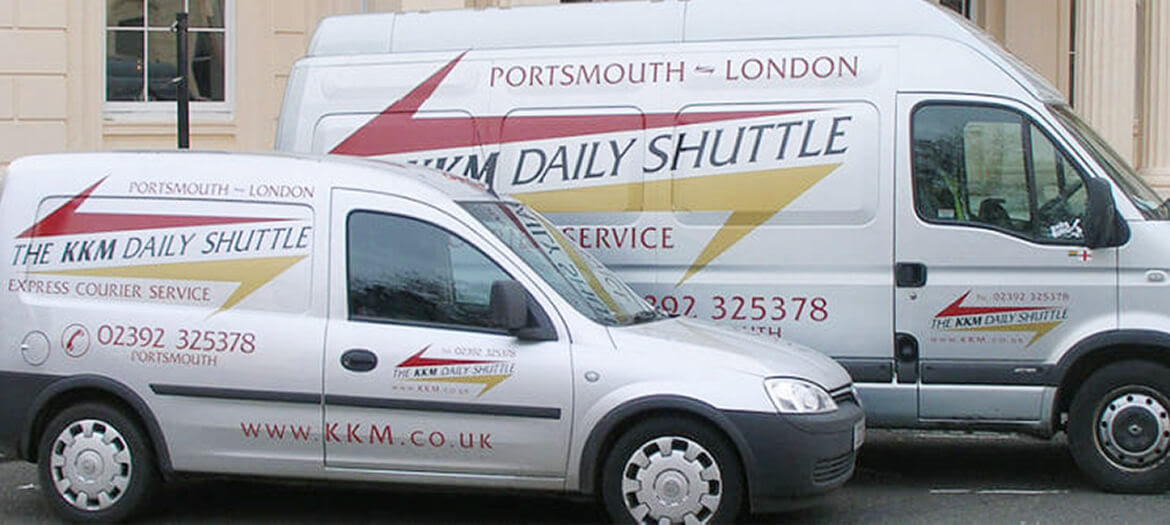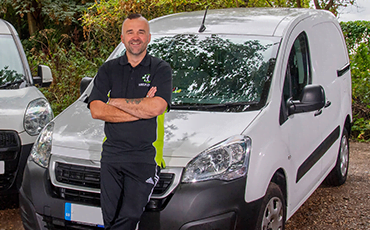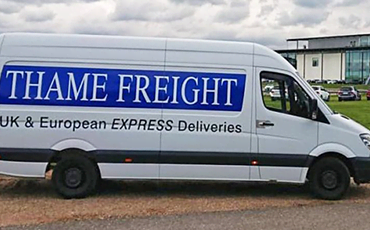- How we help you
Back
- Owner drivers
Back
- All benefits
- Calculate earnings
- Find loads & return journeys
- Leave multidrop
- Expand your network
- Manage finances
- Courier companies
Back- All benefits
- Calculate earnings
- Find loads & return journeys
- Reduce dead miles
- See average courier rates
- Find subbies
- Manage your fleet
- Shippers
Resource Centre
Solutions
Resources
Support
About
2000 - 2025. Transport Exchange Group Ltd, Reg No. 3464353 © E&OE
We use cookies to improve your user experience. For more information about the cookies we use, please view our cookies policy.
Cookies on our website
We use cookies to improve your user experience. If you’d like to know more, please refer to our cookies policy page.
- Owner drivers
